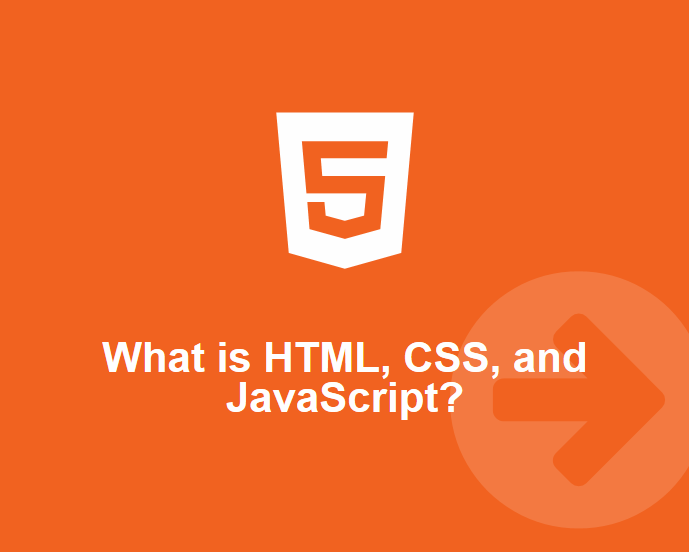What is HTML, CSS, and JavaScript?

It is easy for web designers and developers to throw around acronyms without realizing their audience has no clue what they are referring to. HTML, CSS, and JavaScript are commonly used terms that anyone wanting a website created may benefit from knowing. This post walks through each of these technologies at a very high level and discusses their relationship across various browsers.
HTML - Hyper Text Markup Language (HTML) is essentially text that the web browser can read and render in a human readable format. If you want to see HTML, right-click the web page and choose view source. HTML5 is the current version of HTML. The HTML5 standard improves native support of multimedia, offline database, forms, geo-location, and more in the browser. The primary benefits to users and developers is the reduced dependency on 3rd party plug-ins, improved search engine discovery, and a more mobile device friendly mark up.
CSS - Cascading Style Sheets (CSS) are used by the browser to style rendered HTML. For example, CSS can tell the browser to display all links on page in the color red. CSS3 refers to the latest version of CSS and like HTML5, improves the native support of animations, style selectors, multi-column layouts, text effects, and more. The primary benefits to users and developers are reduced dependency on 3rd party plug-ins, improved cross browser compatibility, and allow for a more mobile friendly browsing experience.
JavaScript – JavaScript is the scripting language supported by browsers that enables dynamically manipulating the static content rendered by Browsers. Popular use cases of JavaScript are image sliders, hover over menus, and fetching content without refreshing the entire page (e.g., think about how Google Maps zooms in and out of street images without the entire page refreshing). The primary benefits of JavaScript are reducing the dependency of 3rd party plug-ins, improve cross browser compatibility, and allow for a more mobile friendly browsing experience.
While standards have been defined for CSS, HTML, and JavaScript, no browser will render content the exact same as another browser (e.g, Chrome vs Internet Explorer vs Firefox). In fact, browsers implement their own specific functionality in addition to the current standard or may have a different interpretation of how a specification reads. This is where the term “Cross Browser Compatibility” becomes important. It is imperative website designers, as well as, you as a client are aware of what browsers and browser versions need to be supported when publishing a website to ensure the underlying HTML, CSS, JavaScript, and 3rd party plugins displays across the targeted browsers as intended.
